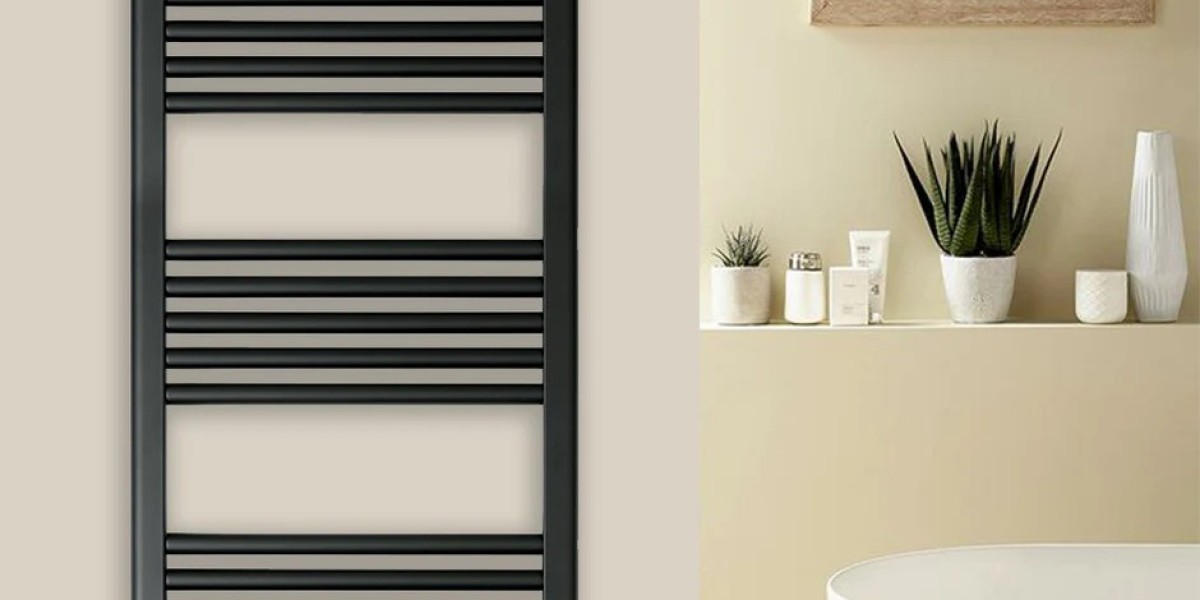As autumn draws in and the evenings begin to chill, it’s smart to get your heating system in shape before you’re relying on it every day. A little upfront work can make a big difference: fewer cold spots, lower energy bills and fewer unexpected breakdowns. Use this guide to make sure your radiators are winter-ready.
First off, trapped air in a radiator is one of the most common causes of inefficient heating. If you’ve ever noticed the top of a radiator staying cool while the bottom gets warm, or heard a gurgle when the heating kicks in, that’s your clue. Turn the heating off, wait for things to cool down, then use a radiator key to open the bleed valve at the top. You’ll hear the hiss of air escaping, followed by water. Close the valve securely, then check your boiler pressure — it may have dropped slightly. This simple step ensures your hot water circulates properly and your room warms evenly.
Next, take a good look at valves, pipe connections and the radiator surfaces for signs of leaks or corrosion. Even a small drip under a valve can reduce system pressure or damage nearby plaster and flooring. Damp patches or bubbling paint often point to slow leaks or rust starting to form. Tightening loose connections or replacing washers may be all that’s needed, but if corrosion is widespread a radiator replacement is likely more cost-effective in the long run.
Cleaning is another key task. Dust and debris build up around and behind radiators, restricting airflow and forcing your system to work harder. Turn off the heating and let things cool, then vacuum between panel gaps, wipe the exterior with a damp cloth, and for a deeper clean consider removing the radiator to flush away sludge and debris inside. A clean radiator not only runs more efficiently but supports better indoor air quality too.
Balancing your radiators is worth doing if some rooms heat quickly and others lag behind. With your system cooled down, open all radiator valves, switch the heating on and note which radiators heat fastest. Then, use the lock-shield valve to partially restrict the flow to quicker ones, forcing more hot water to those that heat slower. The aim is an even spread of warmth across the home, reducing strain on the boiler and avoiding cold patches.
Don’t forget your valves and thermostatic radiator valves (TRVs). Make sure each valve moves freely — stuck valves can stop radiators from heating at all. Use TRVs to regulate different rooms: keep living areas warmer and spare rooms cooler, saving energy where you don’t need constant heat. Consider upgrading to smart TRVs if you’d like more precise, app-based control of your heating schedule.
Lastly, turn the heating on for a short test run while the weather’s still mild. Check your boiler pressure (aim for around 1–2 bars in most systems), listen for unusual noises like banging or whistling, and verify the thermostat triggers correctly. Spotting any issues now means you can call in an engineer before the coldest weather arrives.







